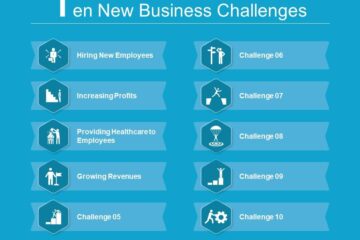
The Goods and Services Tax Network, the information technology backbone that will implement the new indirect tax regime, will become a data analytics powerhouse in the months after the roll-out.
“Once sufficient amount of data is generated, we will be able to generate analytics based on the requirements of various stakeholders,” Navin Kumar, chairman, GSTN, told Business Standard in a recent interview.
GSTN is a non-profit entity that is building the information technology backbone for the goods and services tax (GST). It will store all details related to the relevant transactions. These analytics, based on data filed by millions of taxpayers who will migrate to the system, will help in plugging leakages, identifying economic trends and ensure more focused economic-policymaking. Kumar said this would be the third phase of the work undertaken by GSTN and is part of the terms of reference of the vendor, Infosys. “The vendor would build programmes and analytical tools as per the data requirements of both central and state tax departments. The data generated could be on real-time basis, if not near real time.”
The tax departments, he said, would have to learn to operate in a new ways because “our systems will throw enormous amount of data on which they need to work.”
In value added tax, for example, a manufacturer buys raw material from a supplier and pays tax. The supplier collects the tax and gives it to the government. The tax paid by the manufacturer, say, is Rs 100 and he sells the product after charging Rs 120 as tax from a buyer. The manufacturer’s tax liability to the government is now Rs 20. The tax paid by the manufacturer is input tax and the tax collected by him is output tax. His return would mention his output tax liability and input tax credit. Ideally, some tax authority should check and verify the returns filed by the manufacturer. This, however, was not happening because the data was taken at the summary level every month. At present, the verification was only taking place at the audit and it was happening only in 3-5 per cent of the total cases. “In audit, tax authorities often found that the input tax credit was inflated,” the GSTN chairman said. “The CAG also found that in five-six states 30-40 per cent input tax credit claims were either bogus or inflated.
That was why when the design of GST was thought of, one requirement was that input tax credit be verified online. Now, the system will match the tax returns filed by the manufacturer and the supplier. Discrepancies will be flagged. The tax authorities can then go after the taxpayers.” These benefits are likely to kick in somewhere in mid-2018, given that the GST roll-out is planned in April 2017. According to a document on principles of GST system architecture, all the decision-making in the system will be driven out of data and not on the basis of assumption. “Lot more metadata needs to be attached with various data such as invoices, so that the appropriate decision can be taken.”
“ System shall have more and more meta tags so that the time taken by various functions while capturing/entering the data, etc, is captured and the behaviour of system is verified.”
When working with 3rd party organisations that are part of the ecosystem, it is essential that the entire system is measured using data and decisions are made completely based on data, the document added.
Kumar said the popular belief that GSTN was taking away the tax department’s work was incorrect. “It is a myth to say that the work of tax department is being taken away by GSTN. In fact, there will be more work for everyone, the Centre and the states, once the network is in place.”
The company would be on a hiring mode over the next few weeks to cater to these new requirements. “We plan to double our workforce from 50 to about 100 over the next few months,” Kumar said.
In the first phase, GSTN is in the process of building and testing the software interfaces for the taxpayers and the back-end to be used by the tax departments of the Centre and states. In the second phase, the roll out will take place and the company is working to ensure at least one critical process of approval of registration on the back-end is ready from day one.
[Source: Business Insider]




